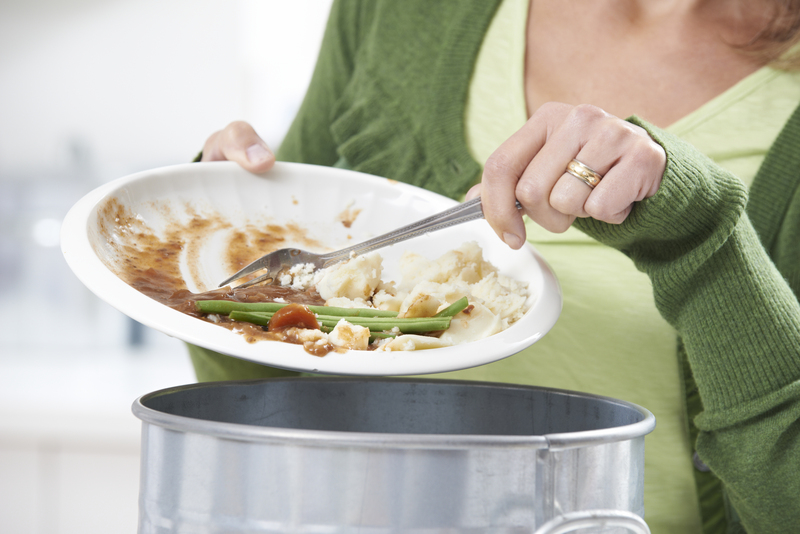Thames River Plastic Waste Issues
Posted on 22/05/2025
The Thames River, a historic and iconic waterway running through the heart of London, is facing a burgeoning environmental crisis: plastic waste. This issue has escalated over the years, with detrimental effects not only on the river's ecosystem but also on the inhabitants and the surrounding communities. Despite various cleanup efforts, the magnitude of the plastic waste problem continues to grow. This article delves into the causes, consequences, and potential solutions to the Thames River plastic waste issues.

The Scale of the Problem
Plastic pollution in the Thames is an alarming issue. Research indicates that a staggering 70% of the plastic entering the Thames comes from litter on the streets that is washed into the river by rainfall and wind. Additionally, around 20% is due to improper waste management practices, both from households and industrial sites. Annually, an estimated 200 tonnes of plastic waste ends up in the Thames, affecting marine life, water quality, and human health.
Environmental Impact
Plastic waste wreaks havoc on the Thames' aquatic ecosystem. Animals, such as fish, birds, and invertebrates, ingest plastic debris, often leading to fatal outcomes. Microplastics, which are small plastic pieces less than 5mm in length, are particularly harmful as they are easily ingested and can carry toxic chemicals. These microplastics enter the food chain, posing a risk to both wildlife and humans who consume fish from the river.
Human Health Concerns
The impacts of plastic waste are not limited to wildlife. Human health is also at risk due to the contamination of drinking water sources by microplastics. Furthermore, pollutants absorbed by plastics can transfer to humans through the consumption of contaminated seafood. These toxic substances have been linked to various health issues, including endocrine disruption and cancer.
Efforts to Combat Plastic Pollution
Several initiatives and campaigns are actively working to reduce plastic waste in the Thames.
River Cleanups
Organizations like Thames21 and the Port of London Authority organize regular cleanup events, engaging volunteers to remove plastic debris from the riverbanks and water.
Policy and Legislation
The UK government has introduced bans on single-use plastics, such as straws and cotton buds, and implemented the Plastic Packaging Tax to reduce plastic waste. Local councils have also improved waste management systems to prevent plastics from entering waterways.
Technological Solutions
Innovative technologies, such as river skimmers and automated rubbish collectors, are being deployed to capture plastic waste before it can disperse further into the river.
Tips for Reducing Plastic Waste
1. Reduce Single-Use Plastics: Opt for reusable bags, bottles, and containers.
2. Participate in Cleanup Events: Join local river or beach cleanups to mitigate plastic pollution.
3. Proper Disposal: Ensure that waste is disposed of correctly and recycle whenever possible.
4. Support Legislation: Advocate for policies that aim to reduce plastic production and waste.
Pros and Cons of Current Efforts
Pros:
- Increased awareness and community involvement.
- Policy changes leading to reduction in single-use plastics.
- Technological advancements in waste collection and management.
Cons:
- Persistent problem due to existing plastic pollution.
- High costs associated with clean-up and new technologies.
- Limited effect without global cooperation and comprehensive waste management reform.

Takeaways
- Plastic waste in the Thames River is a significant issue with severe environmental and health implications.
- Multi-faceted approaches involving community efforts, policy changes, and technological solutions are essential.
- Individuals can contribute by reducing plastic use and participating in local cleanup initiatives.
Conclusion
The Thames River's plastic waste issues are a stark reminder of the broader global plastic pollution crisis. While significant efforts are being made to tackle the problem, continuous and collaborative actions are essential for long-term solutions. Everyone can play a role, from individual behavioral changes to supporting legislative measures aimed at reducing plastic waste. By working together, we can ensure a cleaner, safer Thames River for generations to come.



